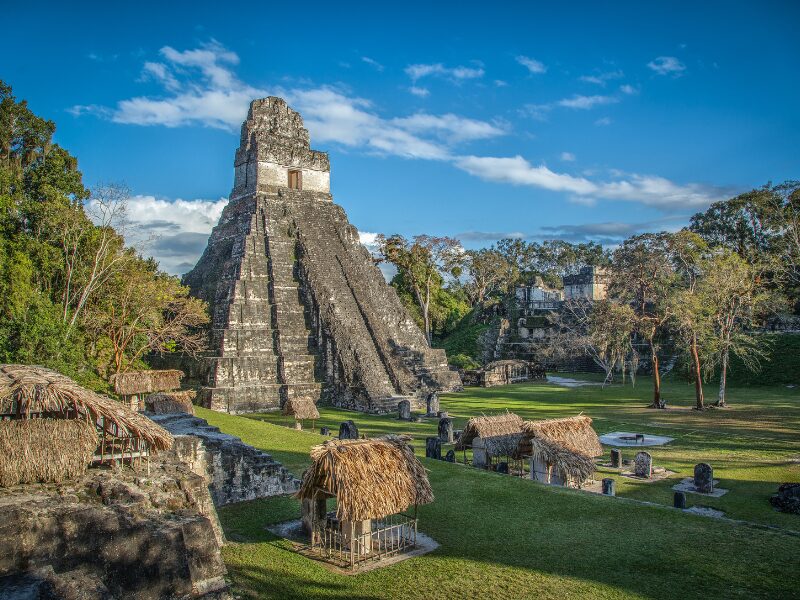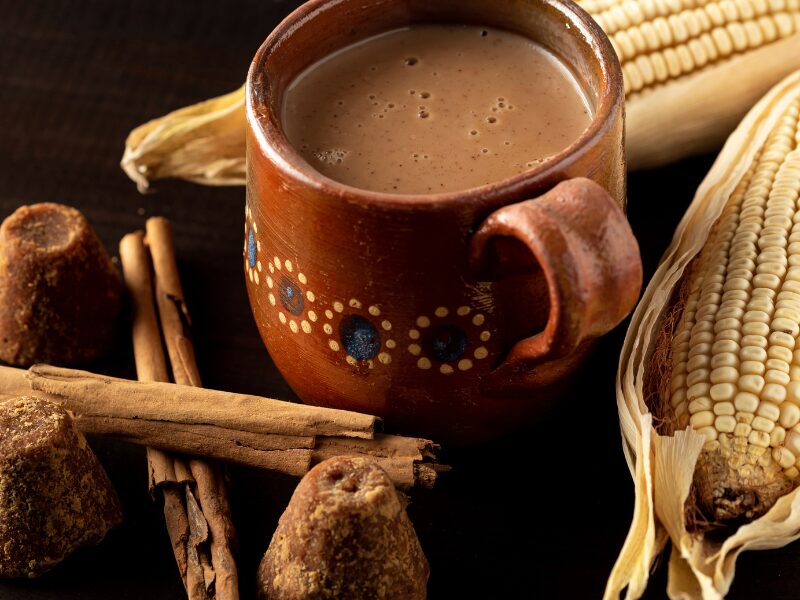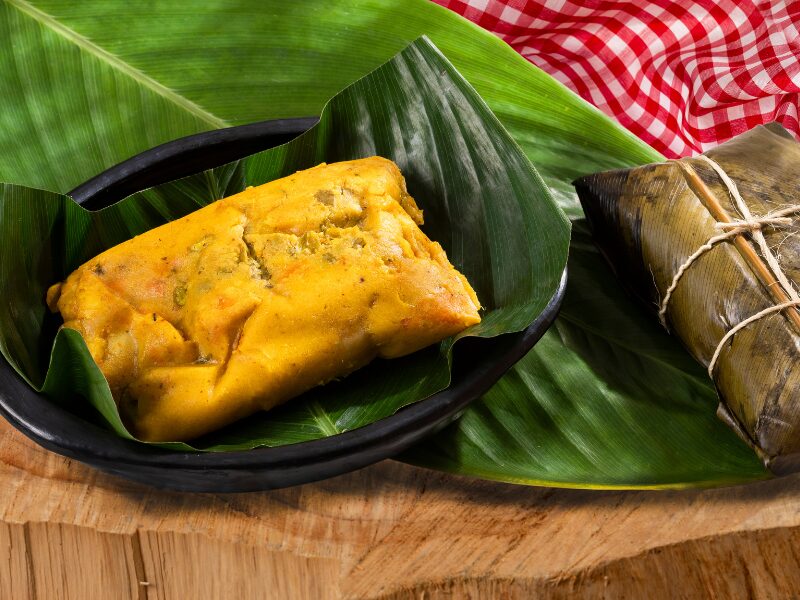
Long before tacos, enchiladas, and tequila became symbols of Mexican identity, the Maya civilization was laying the foundation for one of the world’s most diverse and flavorful cuisines. Deep in the jungles and cities of ancient Mesoamerica, the Maya developed agricultural systems, cooking techniques, and ingredients that still define Mexican food today.
Their legacy is alive in every tortilla, every sip of cacao, and every bite of tamal, a culinary connection that has endured for thousands of years.
At the heart of Mayan food culture was the sacred trio known as the Three Sisters: maize (corn), beans, and squash. These crops worked together in perfect harmony corn provided structure, beans replenished nitrogen in the soil, and squash leaves shaded the earth to retain moisture.
For the Maya, maize wasn’t just food; it was life itself. According to their creation myths, humans were formed from corn dough. That reverence continues today seen in tortillas, tamales, and countless dishes that still rely on corn as their foundation.
The Maya also pioneered nixtamalization, a process that involves soaking corn in an alkaline solution to unlock its nutrients and improve flavor. This innovation transformed corn into a complete protein source and without it, the modern tortilla wouldn’t exist.
The Maya were master cooks long before metal pots or modern stoves. They used pib ovens, underground pits lined with hot stones, to slow-cook meats and tamales. The method gave food a tender, smoky depth a technique still used today in dishes like cochinita pibil, Yucatán’s beloved marinated pork cooked in banana leaves.
They also used lava stones (metates and molcajetes) to grind corn, chilies, and cacao, creating textures and flavors that defined their cuisine. Steaming and roasting were common too – gentle methods that preserved the pure essence of each ingredient.

Few ingredients capture the spiritual and cultural importance of Mayan food like cacao. Long before it became chocolate, the Maya transformed cacao beans into a ceremonial drink called xocolatl – rich, frothy, and unsweetened. It was often blended with chili and honey, reserved for nobles and rituals honoring the gods.
Today, cacao remains central to Mexican desserts, drinks, and moles – a direct inheritance from Mayan ingenuity. Every cup of Mexican hot chocolate or chocolate mole sauce is, in essence, a tribute to ancient Mayan craftsmanship.
Many of the staples that define Mexican cooking today trace their lineage back to the Maya:
These ingredients formed the building blocks of flavor not just for the Maya, but for the generations of cooks and creators who followed.

When Spanish colonists arrived in the 16th century, they encountered a thriving food culture rich in complexity. The fusion of Mayan and Spanish ingredients corn meeting wheat, cacao meeting sugar, native chilies blending with European spices created the modern Mexican cuisine we celebrate today.
Dishes like tamales, panuchos, and tepache still reflect their Mayan origins, even as they’ve evolved through centuries of creativity and cultural exchange.
Every taco on Taco Tuesday carries a bit of that history, a fusion of ancient tradition and modern imagination.
The influence of Mayan food culture is not just history; it’s alive in every kitchen, market, and fiesta across Mexico. It’s in the slow grind of a molcajete, the aroma of roasted corn, and the shared meal that brings people together.
In honoring Mayan food, we’re reminded that Mexican cuisine isn’t just a collection of recipes it’s an ancestral story of ingenuity, connection, and love for the land.